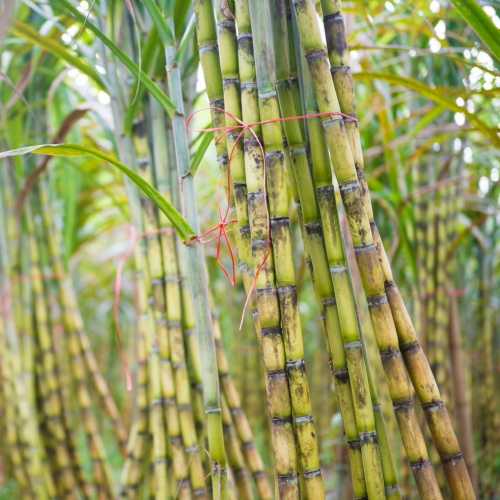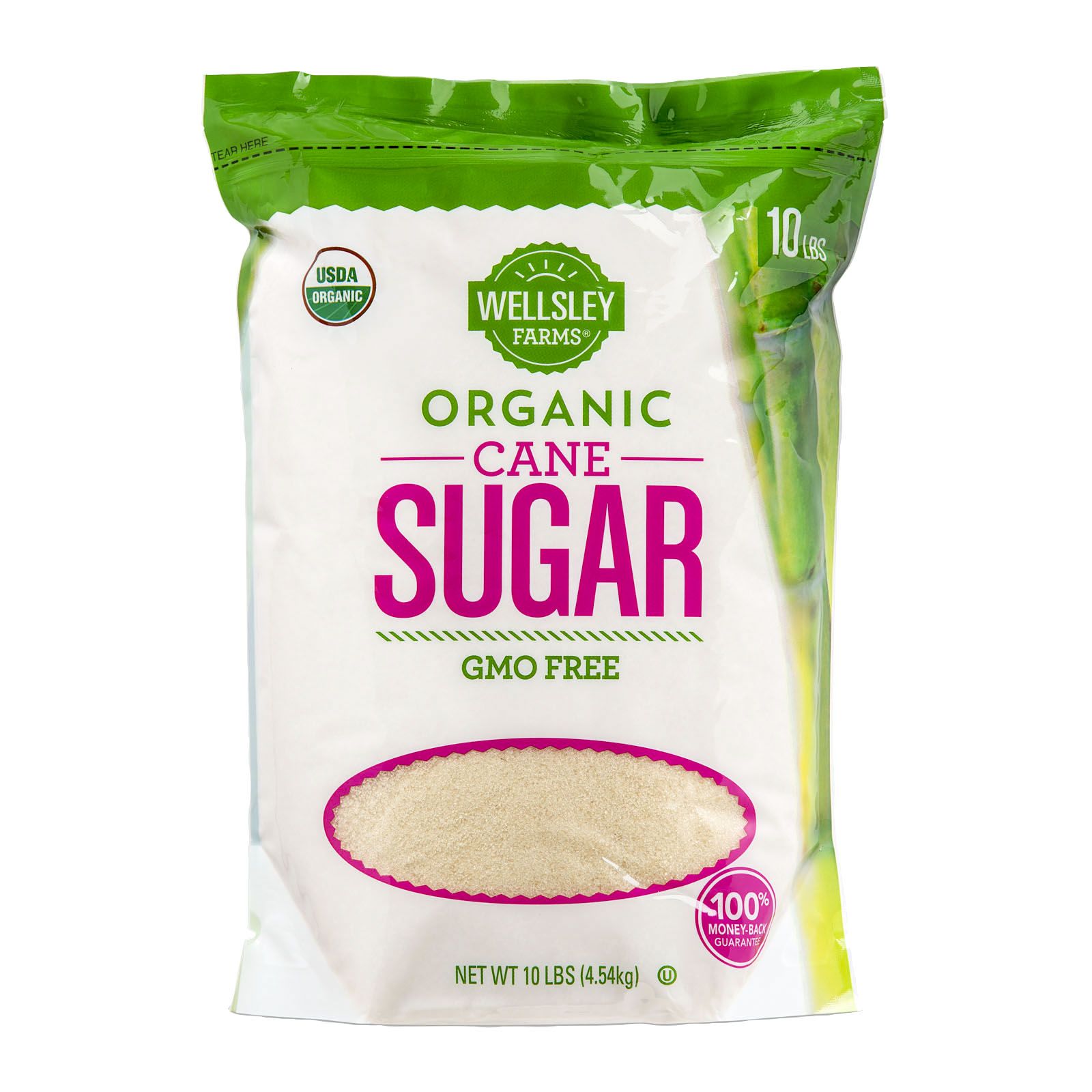Reliable Cane Sugar Processing: Optimizing Yield and Pureness
Reliable Cane Sugar Processing: Optimizing Yield and Pureness
Blog Article
An Extensive Overview to the Ecological Effect and Sustainability Practices in Walking Cane Sugar Processing
The environmental influence of walking cane sugar handling offers an intricate variety of difficulties that warrant cautious examination. From dirt deterioration and extreme water use to the carbon footprint linked with cultivation and production, the repercussions of traditional practices are far-reaching. What details techniques can be implemented to strike a balance in between performance and environmental stewardship?
Summary of Walking Stick Sugar Processing
Cane sugar handling includes a series of methodical steps that transform sugarcane into polished sugar. Initially, harvested sugarcane is carried to processing facilities, where it undertakes cleaning up to eliminate dirt and particles. Following this, the walking stick is crushed to draw out juice, which is then cleared up by getting rid of contaminations with home heating and the addition of lime.
The clarified juice undergoes dissipation, where water is removed to focus the sugar content. This focused syrup is then crystallized through air conditioning, enabling sugar crystals to create. These crystals are separated from the staying syrup using centrifugation, leading to raw sugar. To achieve polished sugar, the raw product undertakes more filtration procedures, which might consist of washing and filtering to get rid of staying contaminations and color.
The end product is then dried out and packaged for distribution. Throughout this whole procedure, keeping efficiency and quality assurance is necessary to make sure the sugar meets industry criteria. Each action in walking stick sugar processing not only adds to the final item but also has ramifications for resource use and waste generation, establishing the stage for conversations on sustainability and ecological impacts connected with sugar manufacturing.
Ecological Challenges of Production
The manufacturing of cane sugar offers several considerable ecological difficulties that warrant focus. One key issue is the substantial use agrochemicals, including chemicals and plant foods, which can lead to soil destruction, biodiversity loss, and contamination of regional water resources. The overflow from sugarcane fields commonly lugs these chemicals into nearby ecosystems, disrupting water life and affecting the health and wellness of communities reliant on these water bodies.
An additional difficulty is the high power intake linked with sugarcane handling. The boiling and refining stages need significant warmth, largely produced by burning fossil gas, adding to greenhouse gas exhausts. In addition, the large land location needed for sugarcane farming can lead to deforestation and environment destruction, more worsening environment modification and harmful wildlife.
Moreover, the labor methods in some areas increase honest concerns, as employees might face bad working problems and insufficient incomes. This circumstance typically perpetuates a cycle of poverty in regional areas. Cane Sugar Processing. Resolving these ecological obstacles is important for establishing more sustainable techniques in cane sugar manufacturing, ultimately benefiting both the atmosphere and the communities associated with this industry
Water and Land Usage Effect
Water resources and land usage are vital parts in the walking cane sugar market that substantially influence the environment. The cultivation of sugarcane needs substantial water input, with price quotes suggesting that it can eat as much as 2,000 litres of water per kilo of sugar generated. This intensive use of water often causes deficiency of regional water sources, impacting not just the sugarcane ranches yet likewise bordering environments and neighborhoods that count on the very same water resources for farming and residential usage.

In addition, land use for sugarcane growing can bring about deforestation and the conversion of natural habitats right into monoculture plantations. This method decreases biodiversity, interrupts regional environments, and adds to dirt destruction. The expansion of sugarcane areas usually intrudes on useful agricultural land, creating competitors for sources in between food and biofuel manufacturing.
Sustainable techniques, such as optimizing watering strategies and implementing plant turning, are important to minimize these influences. By adopting much more efficient water use and land management methods, the walking stick sugar industry can lower its ecological footprint, making sure an equilibrium in between agricultural productivity and ecological conservation.
Greenhouse Gas Emissions
Greenhouse gas discharges represent a considerable ecological issue within the walking cane sugar handling sector, especially as agricultural practices expand to satisfy international need. The growing of sugarcane, a plant that grows in tropical climates, relies greatly on artificial plant foods and chemicals, which contribute to nitrous oxide exhausts. look what i found Furthermore, land-use changes, consisting of logging for brand-new sugarcane ranches, release co2 kept in greenery and dirt.
Throughout handling, power intake is an additional significant source of greenhouse gas emissions - Cane Sugar Processing. Lots of sugar mills make use of fossil fuels to power machinery and produce heat, causing significant carbon impacts. Moreover, the transport of raw sugarcane and ended up products includes layers of exhausts with fuel combustion in lorries
This entails examining present farming methods, processing methods, and transportation systems to identify areas for renovation and mitigation. Dealing with greenhouse gas emissions is essential for fostering a more sustainable walking stick sugar industry in a changing climate.

Sustainable Practices and Innovations
Sustainable methods and developments are significantly important in the walking stick sugar handling market as stakeholders seek to minimize environmental influences while maintaining efficiency. One significant improvement is the execution of incorporated crop administration, which maximizes resource usage by combining soil monitoring, parasite control, and crop rotation methods. This strategy enhances yield while minimizing chemical inputs and protecting soil health.
In addition, the fostering of renewable energy resources, such as biomass from sugarcane residues, has actually acquired traction - Cane Sugar Processing. By transforming waste items into power, processing facilities can reduce their dependence on fossil fuels, therefore decreasing greenhouse gas exhausts
Water monitoring techniques have actually likewise seen renovations via the recycling and reusing of water in processing plants, considerably lowering freshwater intake. Developments in technology, such as accuracy agriculture, allow farmers to check plant wellness and source usage much more properly, ensuring sustainable farming practices.
Additionally, certification programs like Fair Trade and Rainforest Partnership urge environmentally accountable farming methods and advertise social equity within the supply chain. By embracing these sustainable techniques and innovations, the cane sugar processing sector can improve its strength and add favorably to environmental stewardship.
Verdict
The environmental effect of cane sugar handling offers check here substantial challenges, including dirt destruction, high water consumption, and greenhouse gas exhausts, together with ethical problems connected to labor techniques. Resolving these problems via lasting methods, such as integrated crop management, sustainable power fostering, and water recycling, is essential. By advertising ecologically responsible and socially fair approaches in sugar production, the sector can reduce its damaging impacts, ensuring a more lasting future for both neighborhoods and environments included in this sector.
Cane sugar handling entails a collection of methodical steps that change sugarcane right into refined sugar. Each step in walking cane sugar processing not only adds to the final item but likewise has effects for resource usage and waste generation, setting the stage for conversations on sustainability and ecological influences connected with sugar production.
Greenhouse gas emissions stand for a considerable ecological worry within the walking stick sugar processing industry, especially as agricultural practices broaden to satisfy worldwide demand.Lasting practices and technologies are significantly important in the cane sugar handling sector you could try these out as stakeholders look for to minimize environmental effects while keeping efficiency.The ecological effect of cane sugar handling presents significant difficulties, including soil deterioration, high water usage, and greenhouse gas emissions, together with ethical concerns related to labor techniques.
Report this page